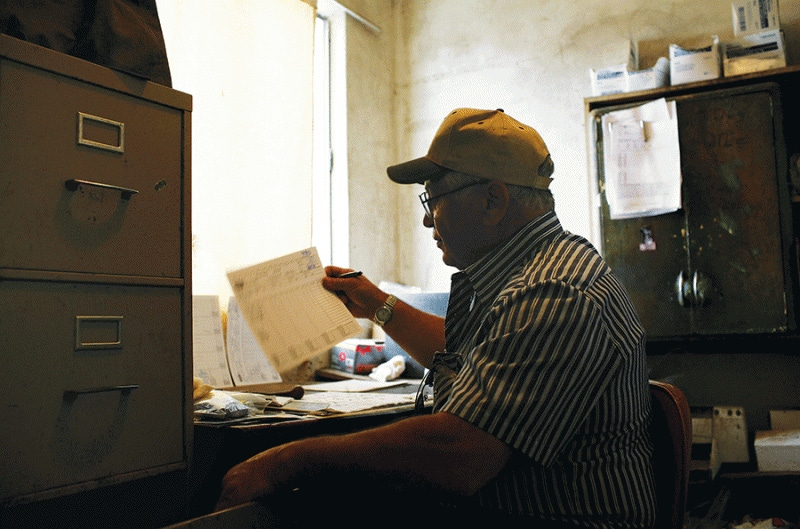
Both in our lives and on the farm, sometimes circumstances are quite a bit different than we thought they would be. Whether a major or minor situation – the difference between what we think is going to happen and what actually happens can really throw us for a loop.
Going off-course in our farm business isn’t what anyone wants to happen – but the reality is that it’s going to happen to all of us at some point. No one is going to achieve their ideal scenario all the time, in every aspect of their farm business, but smart managers have strategies in place for how they’ll deal with those situations.
Active risk management
What really separates the farms that face adversity – and come out on top – is how the farm’s leaders deal with less-than-ideal situations or outcomes. It’s in how they plan for and, in some cases, even prepare for things that aren’t best-case scenarios. This is all part of being a good risk manager.
Taking a mindset of active risk management is extremely important in farming. Farm operations deal with factors – that greatly impact the business – that the leaders don’t have any direct control over.
Changes in weather, markets, government policy – these can feel overwhelming and lead to feelings of powerlessness. But good risk managers know they can still work to control what they can control, while leaving what they cannot control alone.
What to do
What about when even the best risk managers end up in a circumstance they didn’t foresee? Here are three steps to take when you find yourself in such a situation.
Take a step back. Instead of moving forward toward solving the problem, take a conscious step back mentally from it first. Chances are, when you first realize you’re in a different situation or circumstance than you thought, emotions are probably running high. That’s not usually the best frame of mind to operate in when you’re trying to decide what to do next in your business. Above all, take your time. Most of the time, you don’t need to do anything right away. Try to let the problem rest without consciously thinking about it.
Consider multiple solutions. Sometimes the first solution we think of for a problem isn’t necessarily the best one. In fact, it usually isn’t. It can and should take time to brainstorm a number of different solutions, depending on the size of the problem. Taking the time to think about and evaluate possible solutions is good because it can often lead to better ideas along the way – incorporating options or possibilities we hadn’t originally thought about.
Get outside perspective. Sometimes getting insights and feedback from someone outside of your own operation can be helpful. Another pair of eyes can see the situation from a different angle and make additional suggestions. Be sure to talk with someone who is familiar with farm businesses, so they can better tailor their advice to your operation. Talking with our advisors for the farm can be a good place to start.
The opinions of the author are not necessarily those of Farm Futures or Farm Progress.
About the Author(s)
You May Also Like






